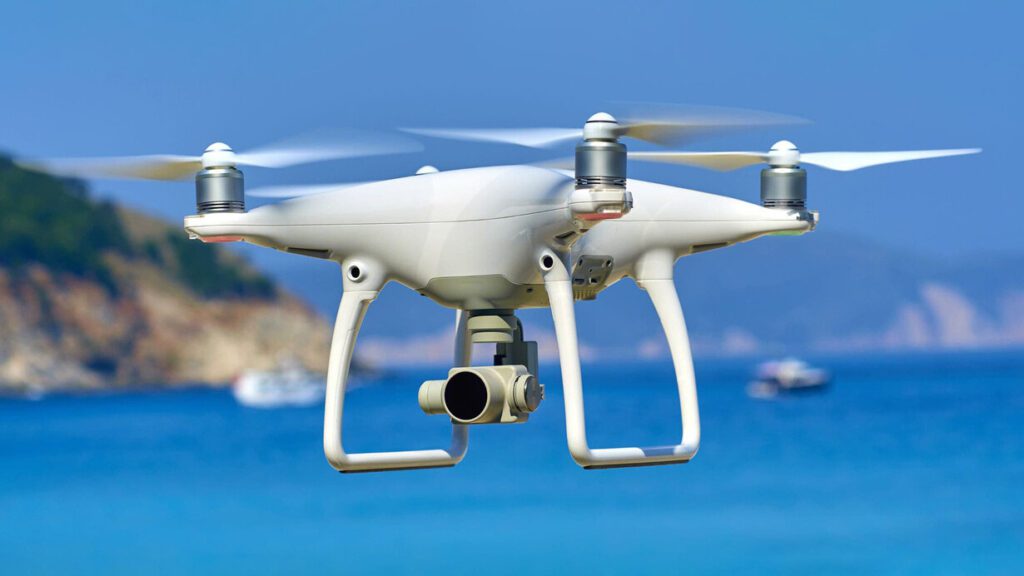In conclusion, drones have become an essential component of modern warfare, offering military forces a versatile and effective tool for carrying out missions with minimal risk to personnel. From their early beginnings in the early 20th century to the sophisticated UAVs of today, drones have revolutionized the way wars are fought. While they offer many advantages, such as reduced risk to human life and enhanced surveillance capabilities, drones also present challenges, such as vulnerability to hacking and ethical concerns. As technology continues to evolve, the future of drones in warfare looks promising, with the potential for even more advanced capabilities and increased integration into military operations worldwide.
The Rise of Drones: How Unmanned Aerial Vehicles Are Changing the Face of Modern Warfare
Introduction
Drones, also known as unmanned aerial vehicles (UAVs), have become an increasingly integral part of modern warfare. These aircraft can be remotely controlled or autonomous and are used for a variety of military purposes, including reconnaissance, surveillance, target acquisition, and airstrikes. The use of drones has revolutionized the way wars are fought, providing military forces with a versatile and effective tool for carrying out missions with minimal risk to personnel.
Development and Evolution of Drones
The development of drones can be traced back to the early 20th century, when radio-controlled aircraft were first used for military purposes. Over the years, advancements in technology have led to the creation of more sophisticated and capable drones. Today, drones come in a variety of shapes and sizes, from small quadcopters used for reconnaissance to large, weaponized UAVs capable of carrying out precision strikes.
Roles and Missions
Drones are used for a wide range of missions in modern warfare. One of their primary roles is reconnaissance and surveillance, allowing military forces to gather intelligence on enemy positions and movements without putting personnel at risk. Drones are also used for target acquisition, guiding airstrikes and artillery fire onto enemy targets with pinpoint accuracy.
Advantages and Disadvantages
One of the main advantages of drones is their ability to carry out missions without risking the lives of pilots or ground personnel. Drones can also loiter over a target for extended periods of time, providing continuous surveillance and support to ground forces. However, drones are not without their disadvantages. They can be vulnerable to electronic warfare and hacking, and there are ethical concerns surrounding their use, particularly when it comes to civilian casualties.
Impact on Modern Warfare
The use of drones has had a profound impact on modern warfare, changing the way military operations are conducted. Drones have enabled military forces to carry out targeted strikes with minimal collateral damage, reducing the risk to both military personnel and civilians. They have also allowed for more precise and effective reconnaissance and surveillance, giving commanders a more comprehensive understanding of the battlefield.
Future Trends
As technology continues to advance, the capabilities of drones are likely to expand even further. Future drones may be equipped with advanced sensors and artificial intelligence, allowing them to operate autonomously and make decisions in real time. The use of drones in warfare is likely to continue to grow, as military forces around the world recognize the benefits of this versatile and effective tool.
